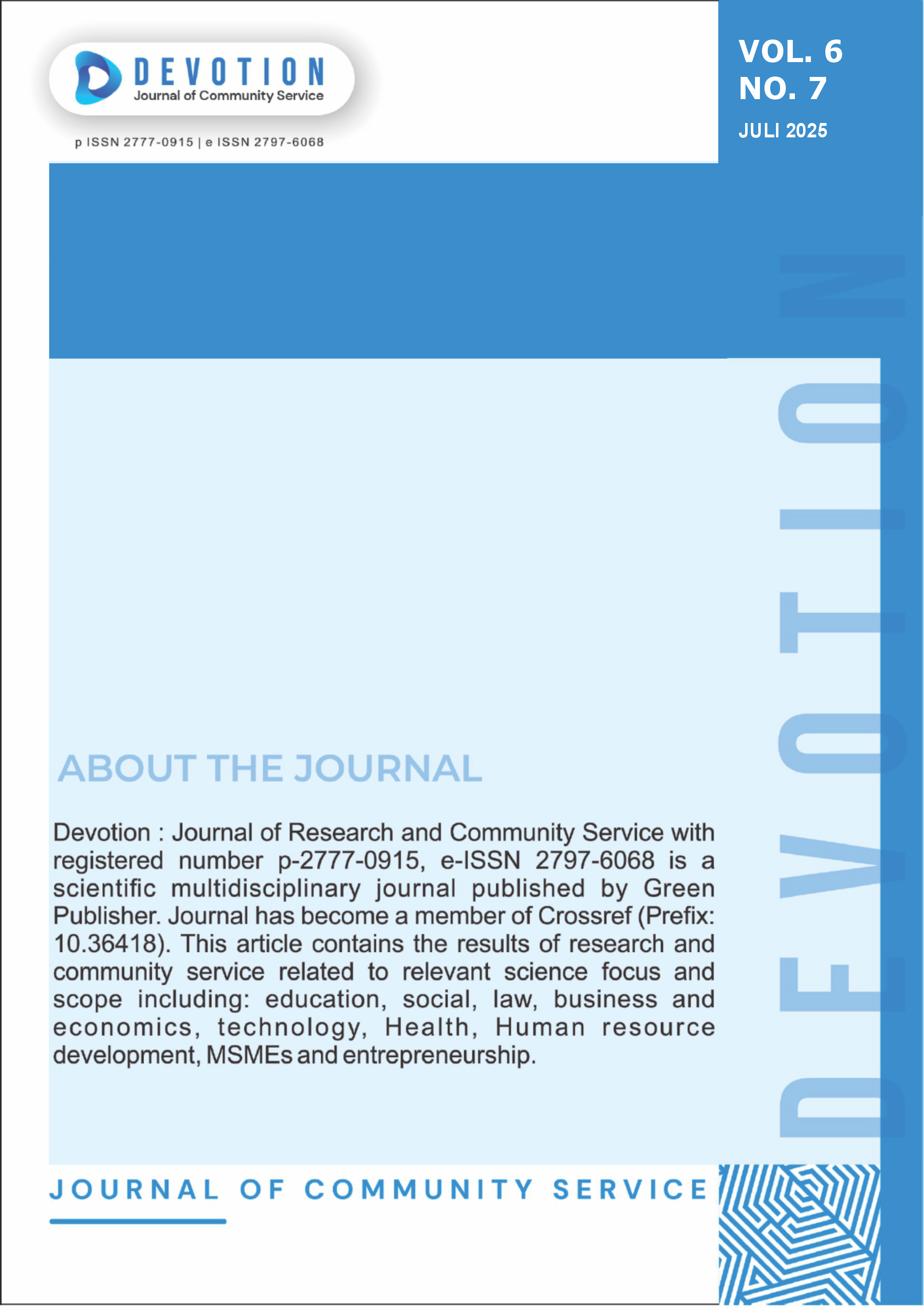Analysis of Legal Voids in the Implementation of Public Private Partnerships as a Model for Financing Infrastructure Projects in Indonesia
DOI:
https://doi.org/10.59188/devotion.v6i7.25478Keywords:
public private , partnership, legal gap, infrastructureAbstract
Public Private Partnership (PPP) has become a vital model for financing infrastructure development in Indonesia, addressing the limitation of state budget resources. However, the implementation of this model faces significant challenges due to legal voids and unclear regulations, leading to uncertainty and inefficiencies in infrastructure projects. This study aims to identify and analyze the legal gaps in the PPP framework, assess their impact on the cooperation process between the government and the private sector, and evaluate efforts by the government to address these gaps. Utilizing a normative legal approach and case study analysis, the research explores existing legal norms, identifies inconsistencies in regulations, and examines their effects on PPP project outcomes. The findings highlight the lack of synchronized regulations, unclear risk allocation, and gaps in contract termination and dispute resolution mechanisms. These issues contribute to investor hesitation and project delays. The study concludes that comprehensive regulatory reforms, including the establishment of a unified PPP law and clearer risk-sharing mechanisms, are necessary to create a more conducive investment climate and enhance the effectiveness of PPPs in infrastructure development. This research offers practical recommendations to improve legal certainty and policy implementation for future PPP projects in Indonesia.
Downloads
Published
Issue
Section
License
Copyright (c) 2025 Andriansyah Tiawarman K., Binsar Jon Vic

This work is licensed under a Creative Commons Attribution-ShareAlike 4.0 International License.
Authors who publish with this journal agree to the following terms:
- Authors retain copyright and grant the journal right of first publication with the work simultaneously licensed under a Creative Commons Attribution-ShareAlike 4.0 International. that allows others to share the work with an acknowledgement of the work's authorship and initial publication in this journal.
- Authors are able to enter into separate, additional contractual arrangements for the non-exclusive distribution of the journal's published version of the work (e.g., post it to an institutional repository or publish it in a book), with an acknowledgement of its initial publication in this journal.
- Authors are permitted and encouraged to post their work online (e.g., in institutional repositories or on their website) prior to and during the submission process, as it can lead to productive exchanges, as well as earlier and greater citation of published work.













